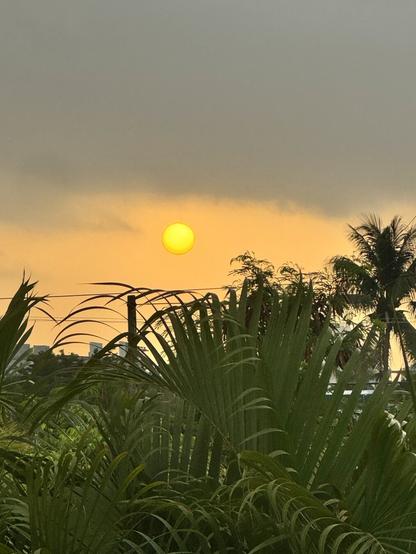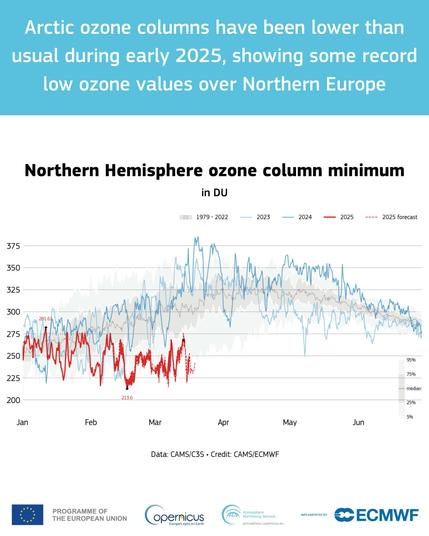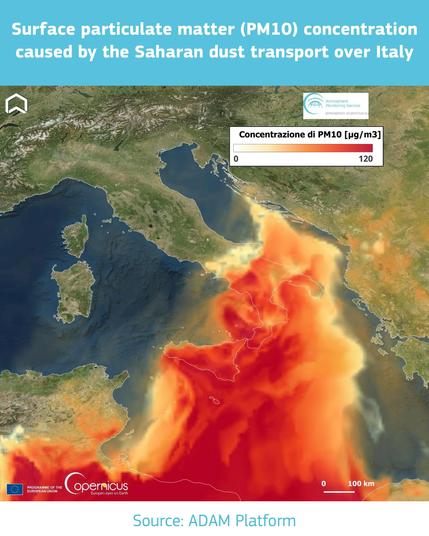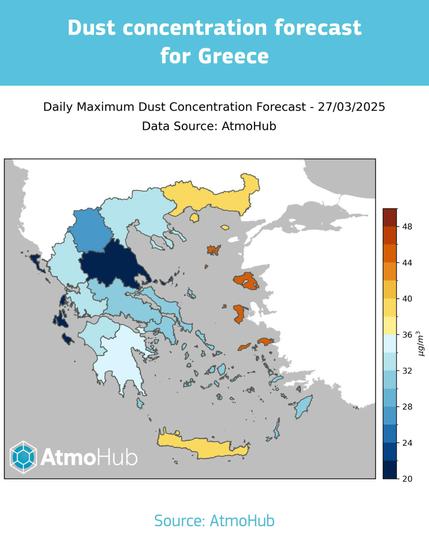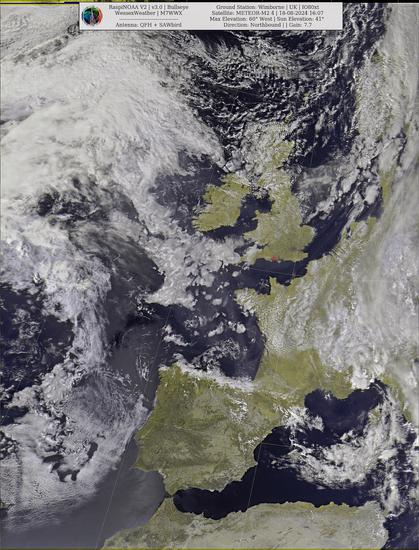5 reasons behind the historic absence of #TropicalStorms this #hurricane season
It has been the longest #stormless streak in the #AtlanticBasin in over 50 years, and AccuWeather meteorologists point to several factors that have put a temporary pause on the 2024 hurricane season.
By Brian Lada, AccuWeather meteorologist and senior content editor
Published Sep 6, 2024
"AccuWeather’s Jon Porter was live on the AccuWeather Network on Sept. 4 to discuss how quiet the last few weeks have been in the tropics.
"The first week of September is usually one of the busiest times of the year for tropical storms and hurricanes, but there is an eerie silence across the #AtlanticOcean.
"AccuWeather adjusted its hurricane forecast amid the historic lull, with 2024 being the first time in 56 years a new named storm has not developed between Aug. 13 and Sept. 3. If nothing develops by Sept. 11, it would become the longest streak without a named storm around peak hurricane season since at least the start of the satellite era in 1960.
"There are several reasons behind the lull, some more meteorologically complex than others.
Delayed arrival of #LaNiña
"A rapid collapse of #ElNiño was forecast to be swiftly replaced by La Niña, which, despite being linked to water temperatures near the equator of the Pacific Ocean, can have a major influence across the Atlantic Ocean. Typically, La Niña results in less disruptive winds, known as wind shear, making conditions prime for tropical development across the Atlantic.
"However, La Niña has yet to officially develop. 'In March, it appeared that a transition to La Niña would occur sometime in the early to middle portions of the summer. Now it looks like La Niña may not start until the fall and might end up rather weak,' AccuWeather Lead Hurricane Expert Alex DaSilva said.
Abundance of dry, dusty air
"Tropical storms and hurricanes need moisture-rich air to thrive, but such conditions have been scarce leading up to the peak of hurricane season. "There was an unusually high amount of dry air and #SaharanDust across the Atlantic during the month of August,' DaSilva said.
"The dry, dusty air is predicted to decrease in the coming weeks, leading to conditions more favorable for tropical development.
'Convoluted' African wave train
"During hurricane season, clusters of thunderstorms over Africa eventually emerge over the Atlantic Ocean. These become known as 'tropical waves,' and when conditions are right, they can strengthen into tropical storms and hurricanes. But as of late, the train of tropical waves emerging off the coast of Africa has been 'convoluted,' according to AccuWeather Senior Meteorologist Alex Sosnowski.
"Many thunderstorms in recent weeks have taken a rare path, drenching the #SaharaDesert. When the perspective tropical waves do emerge over the Atlantic Ocean, they are encountering too much dry air and wind shear and struggle to develop, Sosnowski said.
Stable upper atmosphere
"Another piece to the meteorological puzzle explaining the recent lull in tropical activity is the unusually warm conditions high in the atmosphere.
"'Temperatures in the upper atmosphere in the tropics have been well above average this year and above 2023 levels,' DaSilva said. Warm air high above the ocean can cause the atmosphere to be more stable, which makes it more difficult for thunderstorms to develop and organize into a tropical depression or storm. 'This could be tied to climate change and a warmer planet,' DaSilva added.
How does the rest of the 2024 Atlantic hurricane season look?
"AccuWeather is predicting 16 to 20 named storms this season, lower than the initial forecast of 20 to 25 but still above the historical average of 14.
"'We don’t want anyone to let their guard down even though we are now forecasting fewer storms in total. We expect two to four more direct impacts to the United States this season. It only takes one powerful hurricane or slow-moving tropical storm to threaten lives and cause devastation,' AccuWeather Chief Meteorologist Jonathan Porter said.
The peak of the Atlantic hurricane season is Sept. 10, and it officially ends on Nov. 30."
https://www.accuweather.com/en/hurricane/5-reasons-behind-the-historic-absence-of-tropical-storms-this-hurricane-season/1688808
#ClimateChange #2024Weather #GlobalWarming #2024AtlanticHurricaneSeason
